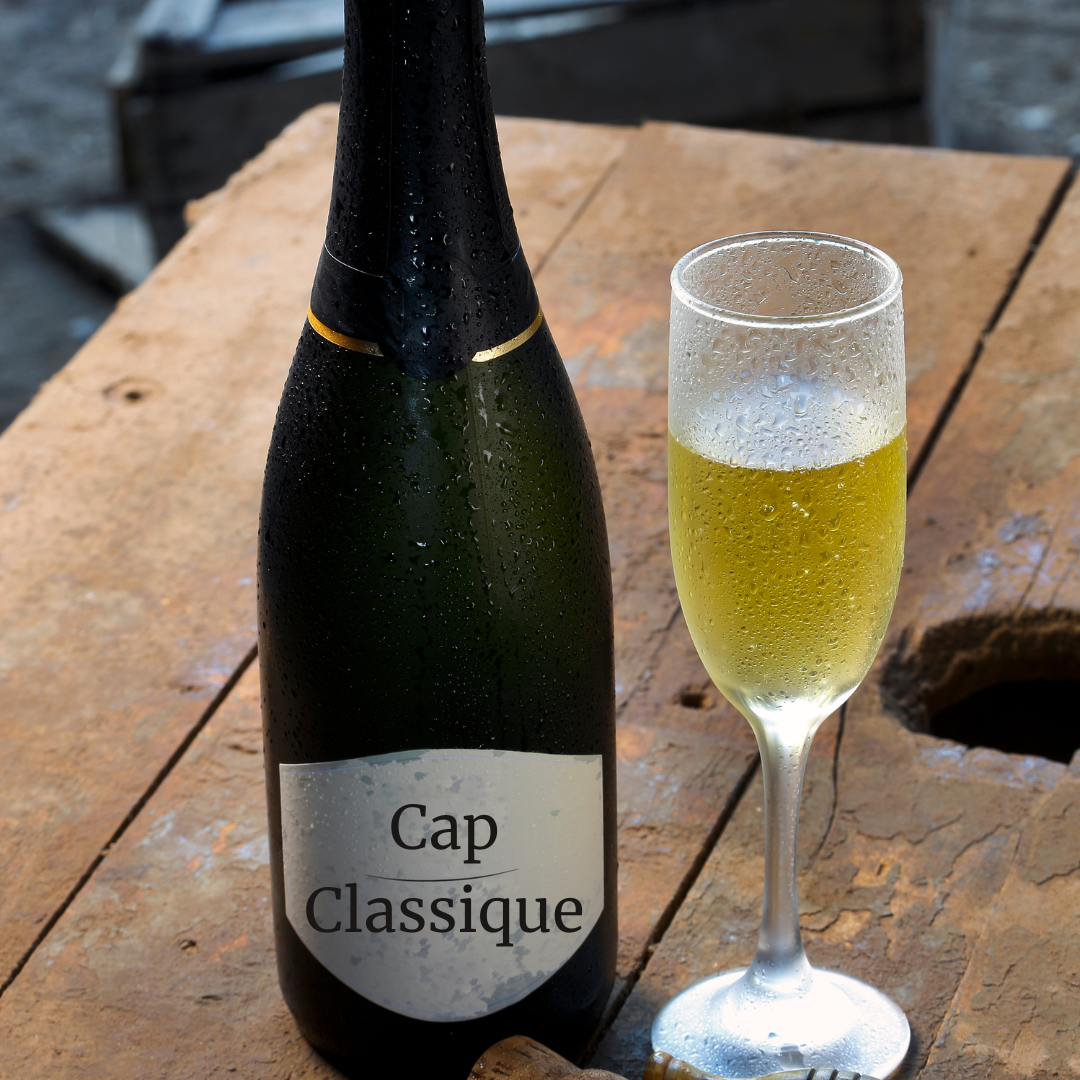
Méthode Cap Classique
Share
The French produce champagne, Italians; prosecco, Spanish; cava, and South Africa produces Cap Classique (MCC).
Cap Classique is South Africa’s premium sparkling wine, made using the traditional method (Méthode Cap Classique, or MCC), similar to the technique used for Champagne in France. It involves secondary fermentation in the bottle to create fine bubbles and develop complex flavours.
History
The history of Cap Classique dates back to 1971, when Simonsig Wine Estate in Stellenbosch produced the first-ever bottle of Cap Classique. Inspired by Champagne, winemaker Frans Malan introduced this style to the region, using traditional techniques and grape varieties.
In the decades that followed, other wineries embraced the style, and in 1992, the Cap Classique Producers Association (CCPA) was formed to establish quality standards and promote the category. Today, Cap Classique is recognized as one of the finest sparkling wines outside of Champagne, offering excellent quality at a more accessible price.
Production & Grape Varieties
Cap Classique must undergo secondary fermentation in the bottle, with a minimum of 12 months on the lees (although some premium examples age for much longer). The most common grape varieties used are Chardonnay, Pinot Noir, and Pinot Meunier, similar to Champagne. However, some producers also experiment with South African varieties like Chenin Blanc.
Regions & Styles
Stellenbosch – Known for elegant and structured MCCs
Franschhoek – Often producing richer, fuller styles
Robertson – Renowned for its limestone soils, which contribute to high-quality base wines
Cap Classique wines vary in style, from brut (dry) to demi-sec (off-dry), as well as rosé and vintage variations.
Today, Cap Classique is a symbol of South Africa’s growing reputation for world-class sparkling wines. With over 50 years of history, it continues to evolve, offering a unique expression of the terroir while maintaining the excellence of traditional sparkling wine methods.
